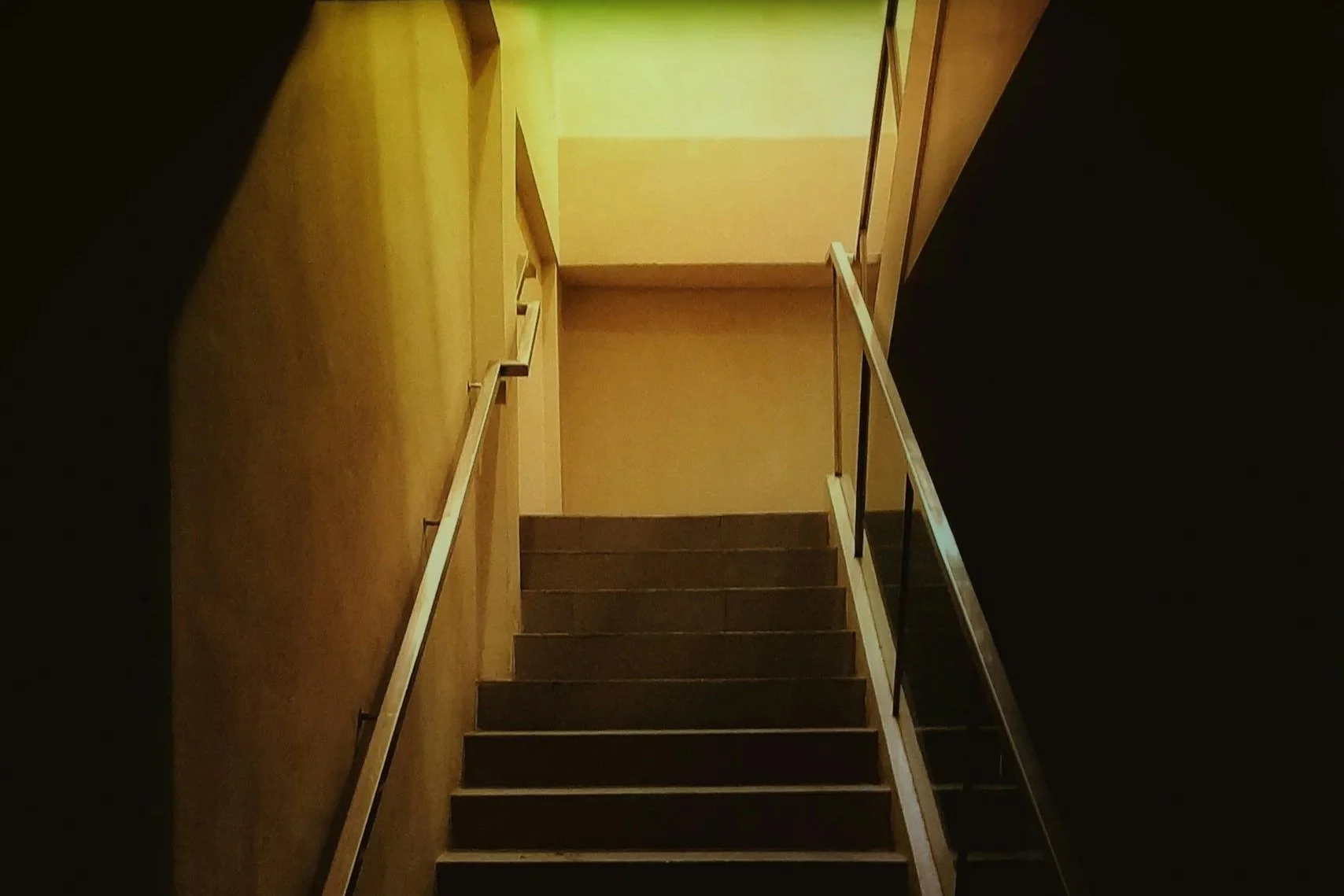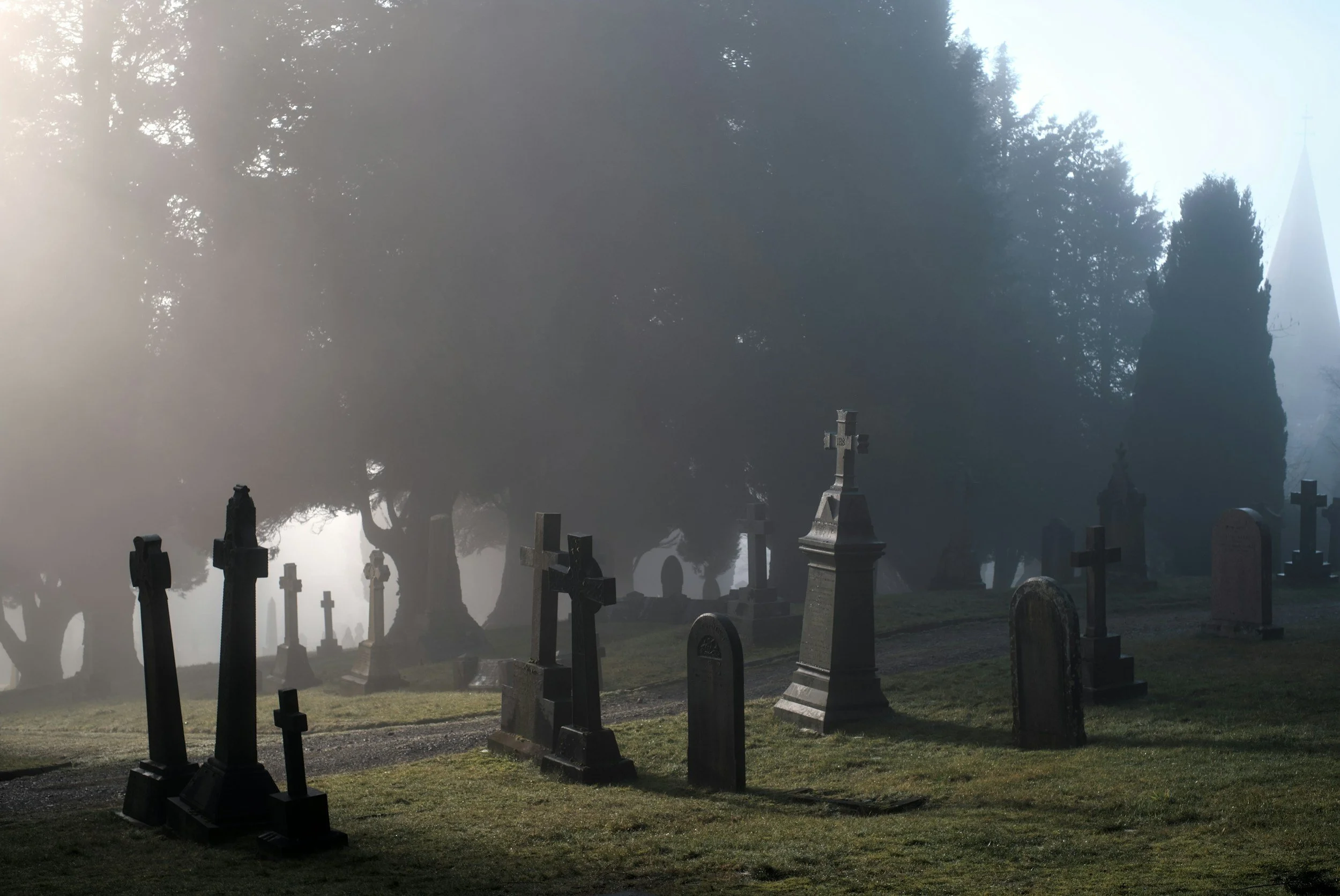Haunted Spaces: How Setting Shapes A Story
The places in your story aren’t just backdrops - they’re characters in their own right. Story locations can help with shaping mood, tension, and reader expectations. From creaking old houses and fog-laden streets to windswept castles and abandoned warehouses, haunted or atmospheric spaces can heighten suspense and make narratives more immersive.
Why Setting Matters
Classic Haunted Spaces That Inspire Writers
Setting influences how readers perceive a story and the characters within it. A well-chosen environment can evoke fear, nostalgia, wonder, or unease, subtly guiding the audiences’ emotional response to your narrative.
Think of the ominous forests in Grimm Fairy Tales, the isolated lighthouse in classic ghost stories, or the storm-swept moors of Wuthering Heights, where the turbulent weather mirrors the violent intensity of Heathcliff and Cathy’s relationship. In each case, the setting isn’t just scenery - it’s an active force shaping plot and character decisions.
In modern storytelling, settings remain just as powerful. Think of the Overlook Hotel in The Shining, where isolation and unsettling architecture mirror Jack Torrance’s unravelling mind, blurring the boundary between environment and madness.
Creating Atmosphere Through Details
Sensory Cues that Bring Locations To Life
Small, specific details transform ordinary locations into memorable, haunting settings. Sounds, textures, and sensory cues - the groan of floorboards, flickering candlelight, the smell of damp wood, an eerie distant howl - add authenticity and emotional weight.
When writing, take time to slow down and observe. Visit real-world spaces and take notes: how does the air feel? What echoes linger? What’s just slightly off? These nuances turn description into atmosphere, and atmosphere into story.
Interactive Techniques for Writers
Exercises For Crafting Setting
Map your story’s locations. How does geography shape tension or character movement(s)?
Reimagine the familiar. A sunny park becomes eerie when fog descends and swings creak in the dark.
Play with contrasts. What feels safe to one character might unsettle another. Perception drives tension.
Anchor each scene in sensation. What do your characters hear, smell, or feel just before something happens?
Turning Location Into A Storytelling Tool
How Haunted Spaces Strengthen Narrative
A setting can mirror emotion, foreshadow danger, or slow the pace to build unease. It can even act as a silent witness to your characters’ secrets. When you approach a scene with intention, your settings become active participants, shaping rhythm and deepening your story’s emotional undercurrent.
Setting is more than location, it’s mood, tone, and atmosphere distilled into one space. By crafting haunted or emotionally charged environments, writers can create immersive worlds that linger long after the last page turns.
Where have the most memorable story settings taken you? Share your thoughts in the comments or connect with Read Write Geek on social media.


